Found 2,542 symbols matching: Page #4
Monochrome
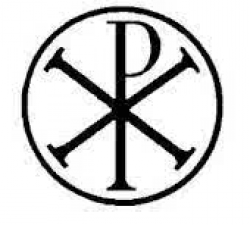 | Chi Rho The Chi Rho is one of the earliest forms of christogram, and is used by some Christians. It is formed by superimposing the first two (capital) letters chi and rho (ΧΡ) of the Greek word "ΧΡΙΣΤΟΣ" =Ch… |
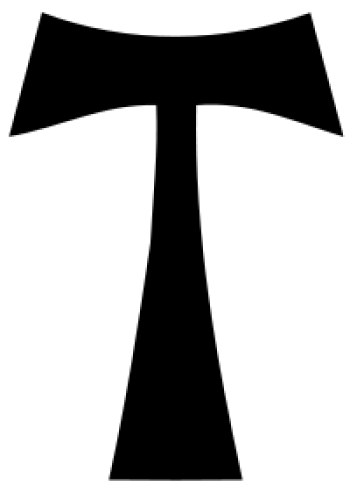 | Cross of Tau The Cross of Tau, named after the Greek letter it resembles, is suspected to have originated with the Egyptians. It has been a symbol to many cultures before Christianity, including a mention in the … |
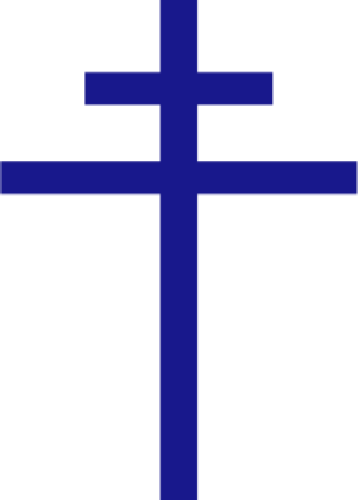 | Patriarchal cross The Patriarchal cross is a variant of the Christian cross, the religious symbol of Christianity. Similar to the familiar Latin cross, the Patriarchal cross possesses a smaller crossbar placed above t… |
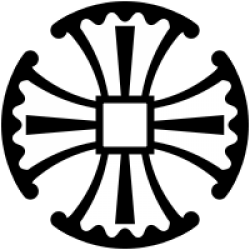 | Canterbury cross The Canterbury Cross is one of the crosses that are used to symbolise the Christian faith. It is so called because it was designed after a Saxon brooch, dating ca. 850 that was found in 1867 in Cante… |
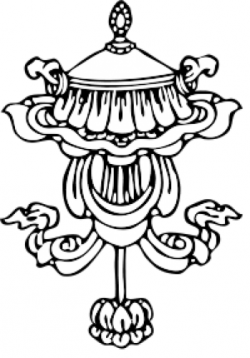 | Parsol The jewelled parasol (Sanskrit: chhatraratna; Devanagari: छत्ररत्न; Tibetan: རིནཆེན་གདུགས, Wylie: rin chen gdugs) or Sacred Umbrella, which is similar in ritual function to the baldachin or canopy. |
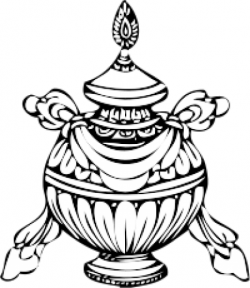 | Treasure Vase or Um of Wisdom The treasure vase or Urn of Wisdom (Tibetan: བུམ་པ, Wylie: bum pa) represents health, longevity, wealth, prosperity, wisdom and the phenomenon of space. Indeed, to disambiguate, "Space" (Sanskrit: āk… |
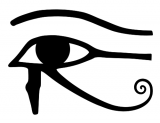 | Eye of Horus The Eye of Horus is an ancient Egyptian symbol of protection, royal power and good health. |
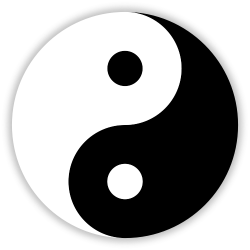 | Yin and Yang In Chinese philosophy, the concept of yin-yang (simplified Chinese: 阴阳; traditional Chinese: 陰陽; pinyin: yīnyáng), which is often called "yin and yang", is used to describe how seemingly opposite or … |
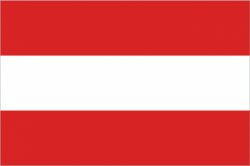 | Flag of Austria The flag of Austria has three equal horizontal bands of red (top), white, and red. The Austrian triband is the second-oldest flag in use at least since 1230, after the Danish flag (which has been in … |
 | Flag of Bahrain The national flag of Bahrain (Arabic: علم البحرين) consists of a white band on the left, separated from a red area on the right by five triangles that serve as a serrated line. |
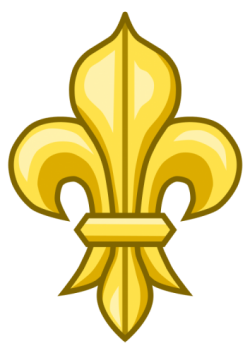 | Fleur-de-lis The fleur-de-lis or fleur-de-lys (plural: fleurs-de-lis) is a stylized lily (in French, fleur means flower, and lis means lily) or iris that is used as a decorative design or symbol. It may be "at on… |
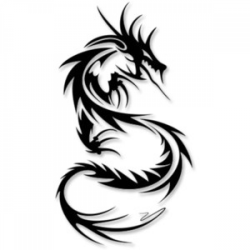 | Dragon A dragon is a legendary creature, typically with serpentine or reptilian traits, that features in the myths of many cultures. There are two distinct cultural traditions of dragons: the European drago… |
 | Phoenician alphabet The Phoenician alphabet, called by convention the Proto-Canaanite alphabet for inscriptions older than around 1200 BC, was a non-pictographic consonantal alphabet, or abjad. It was used for the writi… |
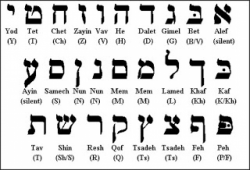 | Hebrew alphabet The Hebrew alphabet (alefbet ʿIvri ), known variously by scholars as the Jewish script, square script, block script, or more historically, the Assyrian alphabet, is used in the writing of the Hebrew … |
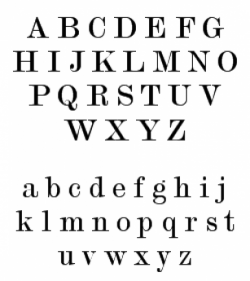 | English alphabet The modern English alphabet is a Latin alphabet consisting of 26 letters. |
 | Staff The staff is the fundamental latticework of music notation, upon which symbols are placed. |
 | Grand Staff When music on two staves is joined by a brace, or is intended to be played at once by a single performer (usually a keyboard instrument or the harp), a great stave (BrE) or grand staff (AmE) is creat… |
 | Ledger or Leger Lines Used to extend the staff to pitches that fall above or below it. |
 | Bar or Measure (music) Used to separate measures. Bar lines are extended to connect the upper and lower staffs of a grand staff. |
 | Double bar line (or barline) Used to separate two sections of music. Also used at changes in key signature, time signature or major changes in style or tempo. |
 | Bold double bar line (or barline) Used to indicate the conclusion of a movement or an entire composition. |
 | Dotted bar line (or barline) Subdivides long measures of complex meter into shorter segments for ease of reading, usually according to natural rhythmic subdivisions. |
 | Accolade, brace Connects two or more lines of music that are played simultaneously. Depending on the instruments playing, the brace, or accolade, will vary in designs and styles. |
 | G clef The centre of the spiral defines the line or space upon which it rests as the pitch G above middle C, or approximately 392 Hz. |
 | C clef This clef points to the line (or space, rarely) representing middle C, or approximately 262 Hz |
